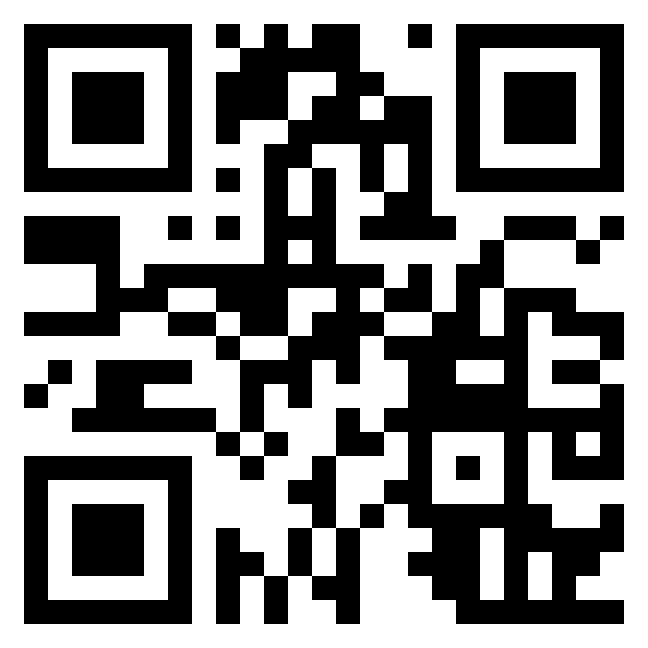Hello, welcome to this “Experts talk”. My name is Charles Convent, CEO of Wello Solutions. And next to me, Johnny Adam, Operations Engineer at Equans. Johnny, can you explain what Equans does in the field service?
Johnny: In the field service, among other things, we do social housing. The housing corporations take care of the maintenance of social housing. Every corporation asks us to do the maintenance of the technical installations within those houses. Mainly the heating systems and the production of warm water for sanitary solutions, as well, depending on the contracts, electricity, or the sanitary solutions in the house.
Charles: So how many apartments or buildings is this?
Johnny: We’re talking about thousands of houses here. For the whole of our 3 regions, we’re talking about 50,000 houses.
Charles: Okay. – Yes. And how does that practically work? Can they all call, can they all ask you to come by? How do you do that?
Johny: Yes, it is so that when signing a contract, the tenants have been informed by the housing corporations that they can call us for some technical problems within their house. This makes it so that we effectively have 50.000 potential customers who could call us daily.
And those people call us and then they need to receive an appointment. And that’s where the story of planning begins.
Charles: And with how many technicians do you do that?
Johnny: We’re divided over 3 regions. We’re talking about 12 to 13 thousand houses. In total, our team consists of 27 people. From technicians, installers, and foremen, to the the ladies of the support desk.
Charles: But that is only your team then?
Johnny: That is my team. So over all 3 regions, we’re talking about around 80 people.
Charles: Okay, so you started with a field service software tool, from Wello Solutions. What matters did you want to optimize?
Johnny: We once started with Excel lists. Like everyone does. Yes, everything was uploaded into an Excel file and then sent to the foreman, who then had to divide it. Which is quite outdated nowadays. The biggest request of the companies is to be able to follow the evolution of a request.
The customer is no longer satisfied if we say: “Look there’s a malfunction. Let me know when it’s done.” They want to follow up through a customer portal and see what is the status of that request.
Charles: Also like “Are there parts being ordered, have the parts been delivered”?
Johnny: Yes, that is really what the customer wants nowadays. The transparency of the active requests.
Charles: And the tenant, do they want the same or do they want something else?
Johnny: Yes, the tenant also wants the same naturally. We still have some work to do to be able to inform the tenant. An SMS Module is really interesting for that purpose. So we’re already thinking in that direction.
Charles: So, mostly the communication. So your customers want transparency. And the end customer, the actual tenant?
Johnny: They want the swiftness of the service and to be informed of when you are coming over.
Charles: If you, because you’ve already doing this for some time… Are you noticing an evolution over the years in the expectations of these two parties, regarding your field service activity?
Johnny: Yes, for sure. Like I said before. It used to be that the customer would never follow up. They would just see the results on some bill. But nowadays, the customers want to. With Wello Solutions, we can now see, case by case, what the matter is. How is the request coming along? The same counts for maintenance. Which houses have been serviced and which ones have not? If not, what is the reason and yes, just details basically, We always need to be more and more detailed.
Charles: Okay, so that requires 1 specific Field Service tool to register it all.
Johnny: Yes.
Charles: Okay, because, as I understand, the tenant can also call?
Johnny: Yes. One of the ladies here registers the call request.
Charles: Do they create a work order directly or do they create a helpdesk ticket first? Have you experimented with the helpdesk ticket that could become a work order? Or did you opt to immediately start creating work orders?
Johnny: Working in that way (helpdesk tickets) had consequences. We opted to immediately create a work order, correct? If the tenants call us, they immediately get an appointment. So we don’t need to call anyone back. That is expected from us. The tenant immediately gets an appointment.
Charles: Why create a work order directly?
Johnny: So that the technician can process it further, and eventually if necessary, at the end, can create a task (follow-up ticket) linked to it.
Charles: Can they then also see if the tenant has already called for the issue? And that maybe a co-worker has created a job, they check that when creating the work order.
Johnny: Yes. Yes, and this is also a situation that we sometimes experience. Sometimes it is that, we have to call the tenant. That is also a situation. We can’t always reach the tenant. We will then leave a voicemail. But we also then create a work order already. And we will then put the work order to a specific status. So that our customer in his portal can see “Ah, the tenant has been called and a voicemail was left”. And yes, we being Equans, are waiting for the tenant.
Charles: Okay, if the technician visits but the customer is not at home. How do you follow through with that process?
Johnny: We had a long search on how we can document that as best as possible towards the customers. To avoid discussions. We opted to take a picture of the front door.
Charles: Yes, Okay.
Johnny: With after that a second picture of a card that we put in the letterbox. Saying: “We’ve been at your door, please call us and such”. On that picture is then also a timestamp. And for us that is sufficient evidence to then say, look, we’ve effectively been at your door already.
Charles: Yes, so you upload those two pictures to the work order. and then close said work order.
Johnny: And we close the work order yes. Because for us, well, the job is done. We have visited.
Charles: Yes, the job is done. So, the tenant can then call again and you will then visit a second time. If the problem is still occurring. You have a large list of materials. What is your approach to that? Do you want strict stock management? I hear from a lot of companies in field service, from our customers, that stock management is difficult. Some Wello Solutions’ customers desire strict stock management and others are more flexible. What is your approach to that?
Johnny: When it comes to stock management, we are rather flexible. Because, for every technician, there is a difference in what stock he has in his vehicle. It is so that every technician is responsible for a specific region, for a specific amount of clients. They all then have a specific need that the technician will have to fulfill. So we allow the technician a reasonable amount of freedom in what he is allowed to keep inside his vehicle.
Charles: Yes. So it’s mostly the registration of used materials.
Johny: Yes.
Charles: Because you work on all sorts of brands for boilers and the like?
Johnny: Yes, you can’t carry everything in your vehicle.
Charles: So you work a lot with orders which then have to be processed further through a task by Wello Solutions like you just said.
Johnny: For the technician, it is interesting that he is informed during and before the job. See, there’s a part that we have in stock by default. Or, that is a part that I have to order. Also, that information can then be shared with the tenant and the technician can say “Look, it’s either going to be very soon, tomorrow for example. Because I know that the part is in our stockroom”. Or, “Yes, it can take a few days because the part has to be ordered”.
Charles: Yes, and he can see that in his app.
Johnny: Yes.
Charles: Okay. And if you’re allowed to dream about how you will perform your field service in a few years? What is your vision? To make your service even better?
Johnny: Yes, total transparency for all parties. Because, of total transparency for all parties, the status of the requests, of the maintenances. The progress of them, yes. Yes, that would be a perfect world.
Charles: Okay, nice. Johnny, I hope that that’s going to happen. We are going to work on it together and you will soon be able to offer that transparency to all of your customers. Thank you.
Johnny: Okay, you’re welcome.










